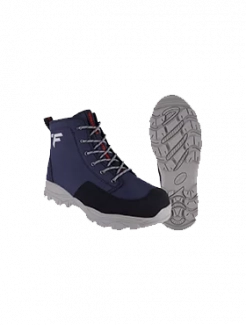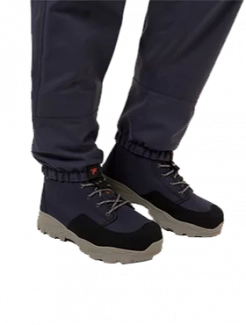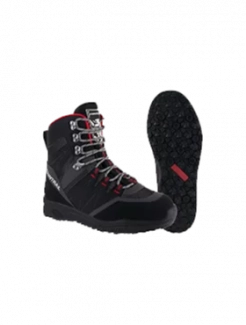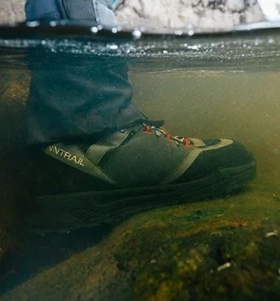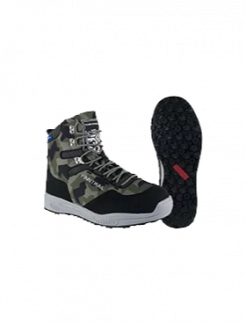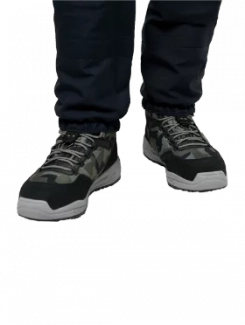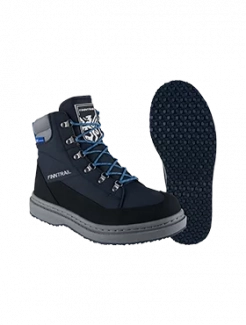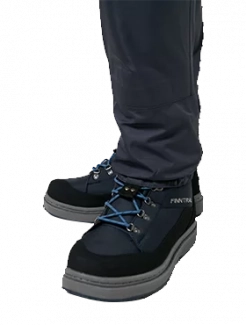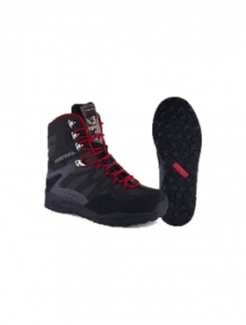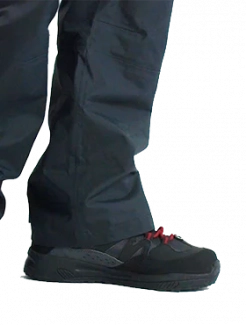How to Decide What Tire Pressure Works Best for Your ATV
There isn't a one-size-fits-all tire pressure that will cover various ATVs, terrain, and altitudes, so you need to know how to determine and maintain the tire pressure that works best for your ATV in different situations. Thankfully, it's not as difficult as it may sound.
How Important is it to Adjust Your ATV Tire Pressure? Why?
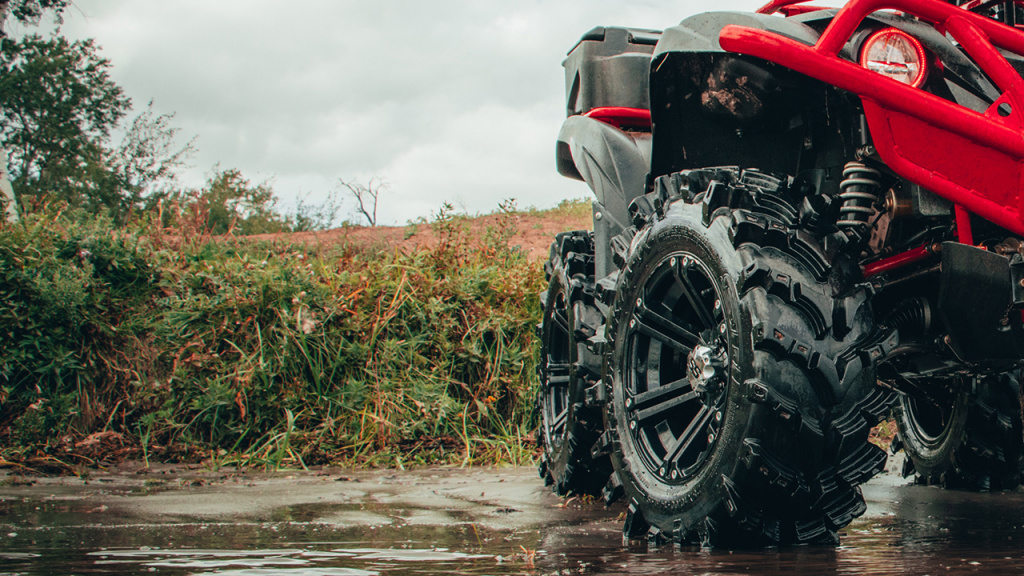
You should check your tire pressure before and after each ride. Sometimes you should check it while you're out with your ATV too.
Tire pressure impacts the handling of your ATV and your personal safety, causing problems such as loss of control, lack of traction, increased likelihood to crash, susceptibility to punctures, and exploding tires!
Correct tire pressure also extends the life of your tires and other components of your ATV.
What is the Most Common Tire Pressure for an Average Rider?

The most common tire pressure is 5-6 psi. That suits the average rider, on an average ATV, on average terrain. As low as 3 psi and up to 12 psi are common in different scenarios.
There should be a recommended tire pressure range written on the side wall of your tires. No matter what, do not exceed the highest number. You can and will probably need to vary your tire pressure depending on your needs, but don't fill them beyond that point. The tire could burst which would both ruin your tire and be very dangerous to you.

Always make sure the tire pressure is the same per axle. You can have different tire pressures in the front and the back. Some people feel the need to have slightly less tire pressure in the back to optimize handling and, when racing, to compensate for increased tire pressure due to heating.
No matter what, both back tires and both front tires must always be the same to make sure the ATV handles correctly.
What Factors Affect the Tire Pressure?
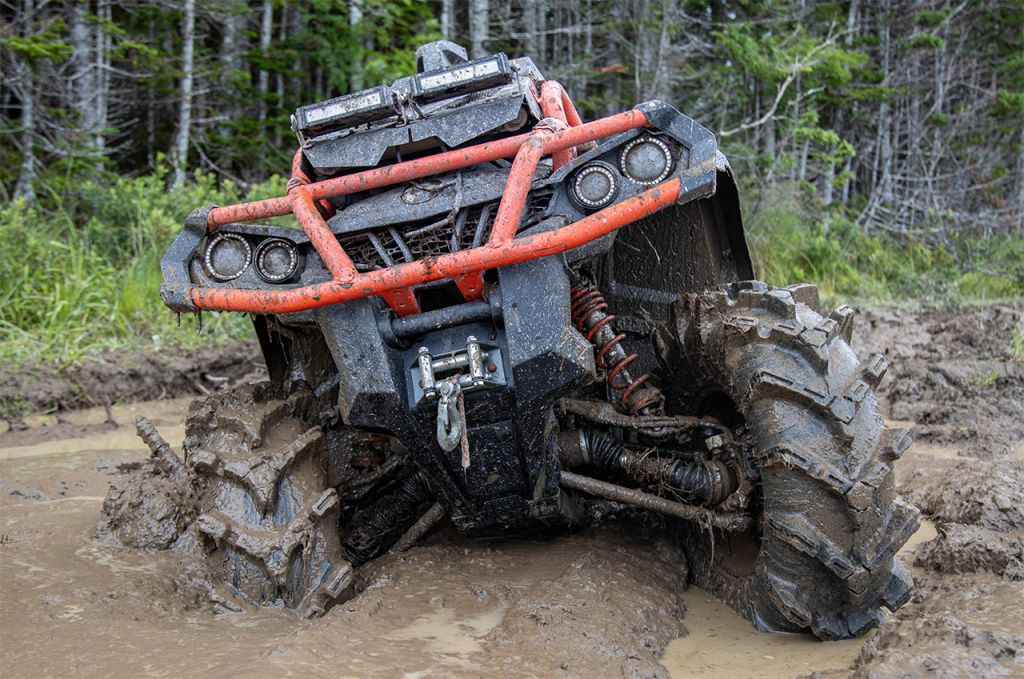
To complicate matters, tire pressure fluctuates with both changes in altitude and temperature. This means what works for you at one time of year or in one location might not work in another. It also means your tire pressure can be different on the trail than it is at home.
Be prepared. Your tires will likely tend to overinflate in the summer and tend to be underinflated in the winter.
The age of the tire also impacts its pressure. Older tires lose air faster, so be prepared for more frequent refills. If they don't seem to be able to hold air for more than a ride or two, they're not just old, they have a leak.
When to Use Higher Tire Pressure
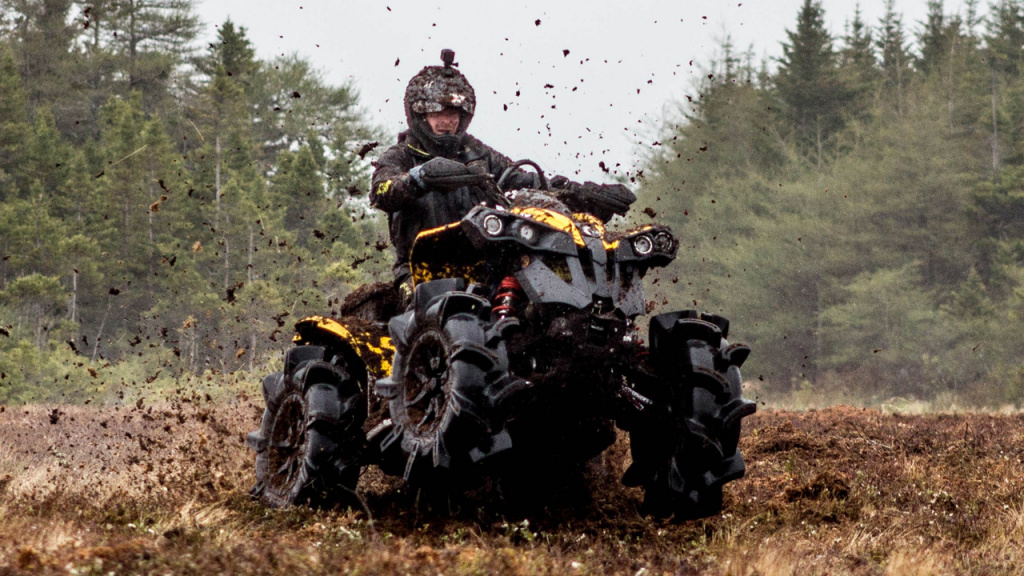
The right tire pressure is a range. Sometimes you need to be on a higher end of that range. 7-8 is a good average number.
You might want to increase your tire pressure when you're:
- putting more weight on your ATV because of upgrades, storage, or extra riders.
- tackling harder terrain.
- mudding (when you can grip the ground).
- increasing your speed.
Aggressive mud treads work great if you spend a lot of time in deep muddy puddles. Same for ATV riding footwear. Discover the most durable wading boots with heavy-duty outsole and special mud-free tread.
When to Use Lower Tire Pressure
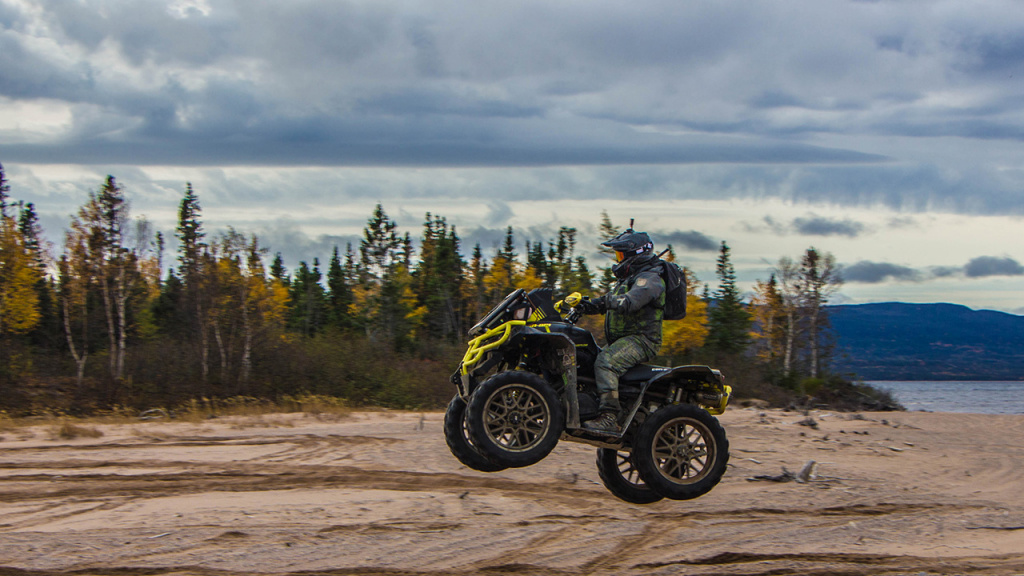
You might want to lessen your tire pressure, maybe even going as low as 3-4 psi.
A lower tire pressure is helpful when you're:
- riding in terrain where you need more traction like sand, loose dirt, loose gravel, or snow.
- in mud deep enough that your tires can't grip the ground.
What Are the Signs Your ATV Tire Pressure is Not Adjusted Correctly?

You may be able to tell your tires are under or overinflated before you take the pressure gauge to them for a test.
Your tires are probably underinflated if your:
- ATV no longer corners tightly or rolls a little when cornering.
- ATV wobbles at medium speeds.
- rims are being hit and/or damaged.
Your tires are probably overinflated if your tires spin excessively and struggle to grip on loose terrain.
Which Tools Should You Carry to Adjust Tire Pressure?
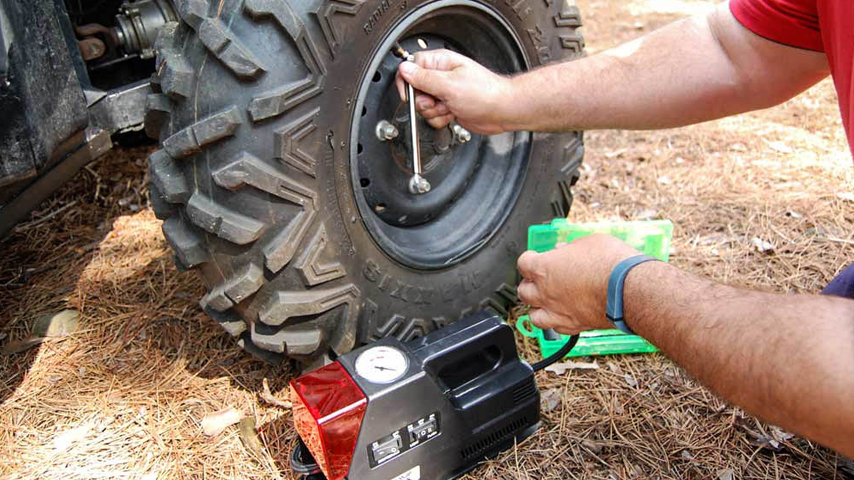
You need a tire pressure gauge made for an ATV that can accurately read changes as minute as one psi. You can technically use any tire pressure gauge, but the results won't be very accurate, so you'll have less control and more headache.
You also need a way to put air in the tires. A bike pump will work, but it's a pain. Most people recommend a portable air compressor.
Both the gauge and compressor need to be in your on-machine toolkit.
Read also:
- Best ATV Tire Repair Kit with Compressor
- How to Change an ATV Tire on the Trail
- How to Fix ATV Tires

